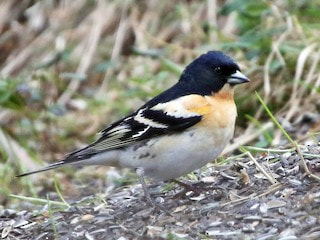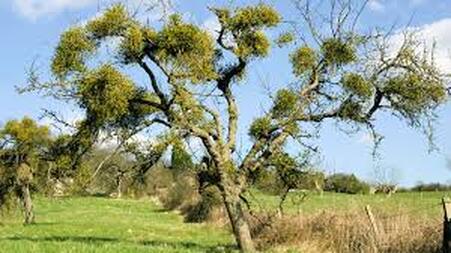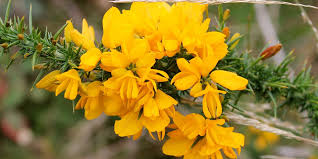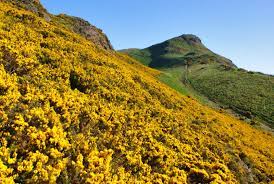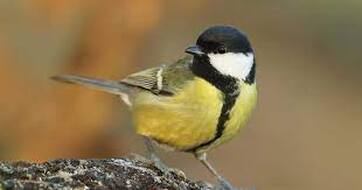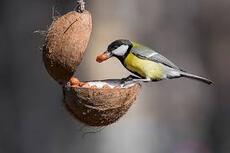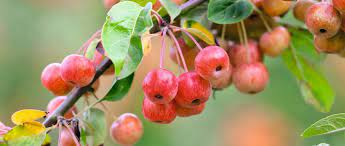BramblingHungry migrant bramblings, over a quarter of a million of which visit Britain in a typical year can often be seen on garden bird feeders. By late January the buff tips of their feathers are fading, revealing the more strident hues of the male breeding plumage – orange on the chest and shoulders, black and grey on the head and neck.
|
Eurasian BullfinchIt’s unusual to encounter a lone bird – a pair is far more likely, in the depths of winter as well as during the breeding season. The male and female constantly whistle to each other to stay in touch in thick hedgerows or scrubby woodland – a soft ‘pew, pew’. Your first glimpse is often of flashing white rumps.
|
Crab AppleJanuary is traditionally the month for wassailing, the hopeful pagan custom in which apple trees are blessed with song and dance to ensure good times ahead. However, the true native apple is the crab apple: a shorter, naturally thorny tree with small, tart red or yellow fruit. It is an ideal garden tree, and now is planting season.
|
Beard LichenThese wonderful lichens hang off tree trunks and branches in great beardy tufts. Their filigree form (known as ‘fruticose’) captures rain and dew, so frequently glistens – stand underneath and there is a constant patter of dripping water. The side of a tree with the most luxurious growth indicates the direction of the prevailing wind.
|
To read Amanda Hopwood's interesting and detailed article on winter and early spring flowers - click here

